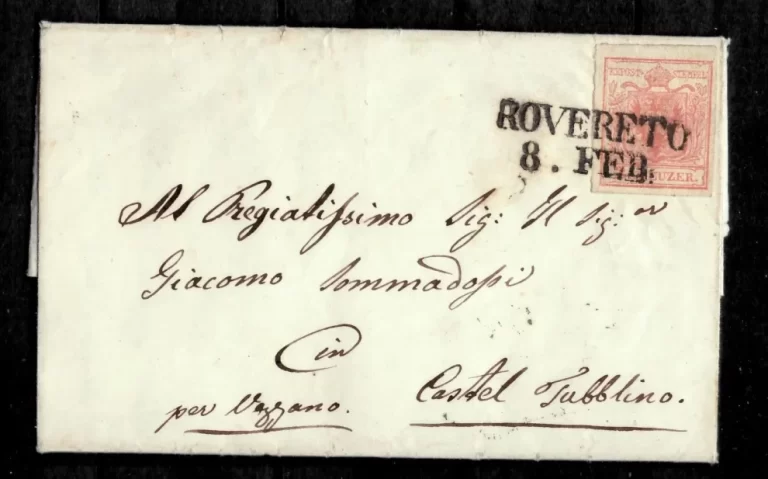The history of cover collecting, also known as postal history collecting, has indeed evolved alongside stamp collecting. Initially, cover collecting was not as prominent as stamp collecting, and it mainly involved collectors keeping envelopes with stamps on them because they did not have the time or inclination to remove the stamps for their collections. However, the serious pursuit of postal history collecting began to gain momentum in the early 20th century, thanks in part to the efforts of collectors like Henry Gibson, Sr.
Gibson was one of the first collectors to focus on rare usages of stamps on covers, and his significant collection, sold in the early 20th century, helped spark interest in cover collecting as a distinct area within philately. His financial success as a cover collector played a role in encouraging others to pursue this aspect of the hobby.
There are two broad categories of covers collected by postal historians today. The first category consists of non-philatelic covers, which are envelopes or unstamped envelopes that were used for commercial, military, or social purposes, with the postage being incidental to the main purpose of delivering the message. These covers are valued for the historical information they provide about mail carriage and usage.
The second category includes philatelic covers, which are covers designed for collectors, often before they are even posted. This category includes various types of covers such as First Day Covers, Airmail covers, Zeppelin Covers, Naval Covers, and others. Philatelic covers became popular around 1930 and provided collectors with an affordable and engaging aspect of the hobby, particularly during times of economic hardship like the Great Depression.
However, the popularity of philatelic covers declined around 1970 due to the saturation of the market with high-priced promotional covers created by philatelic marketers. These covers, often associated with companies like Reader’s Digest and Franklin Mint, lost their value over time and are now generally sold at a fraction of their original price. Despite this decline in philatelic cover collecting, true postal history collecting remains an important aspect of the hobby, unaffected by the fluctuations of the philatelic cover market.

